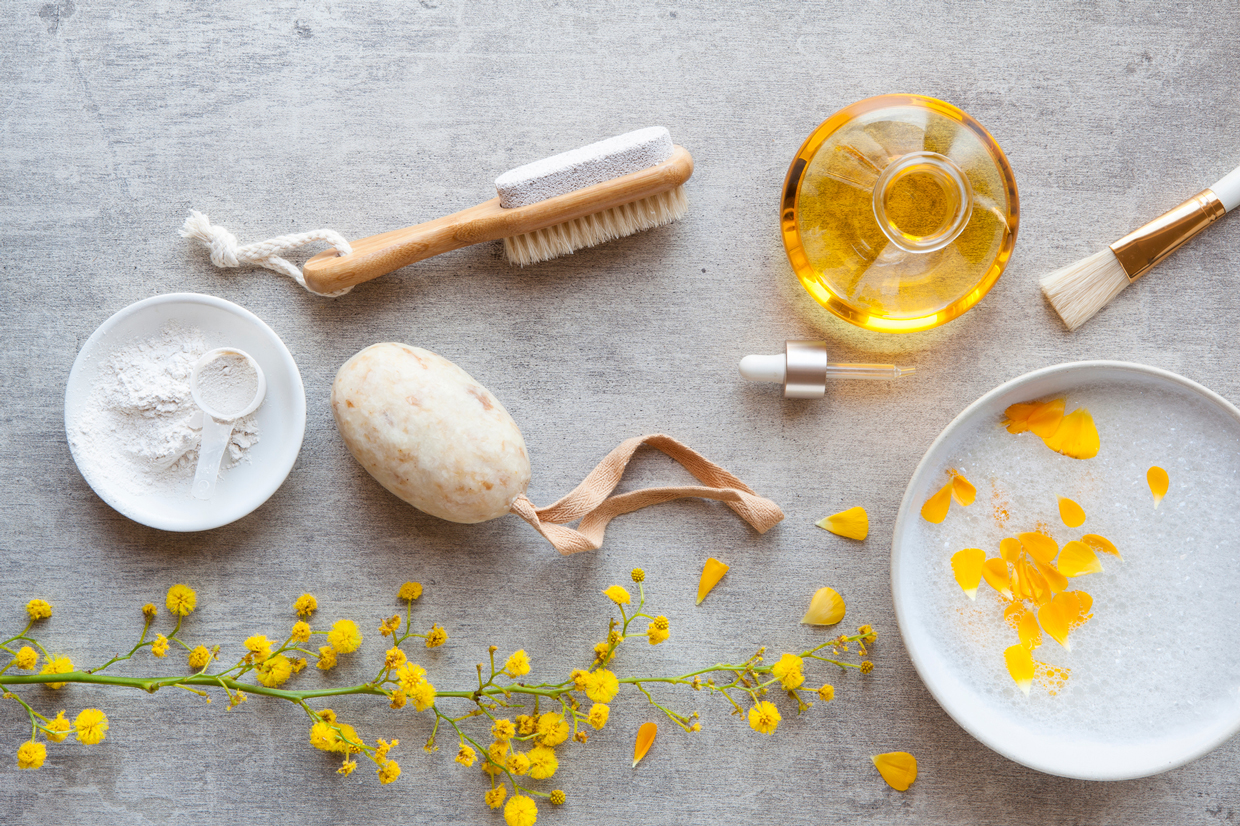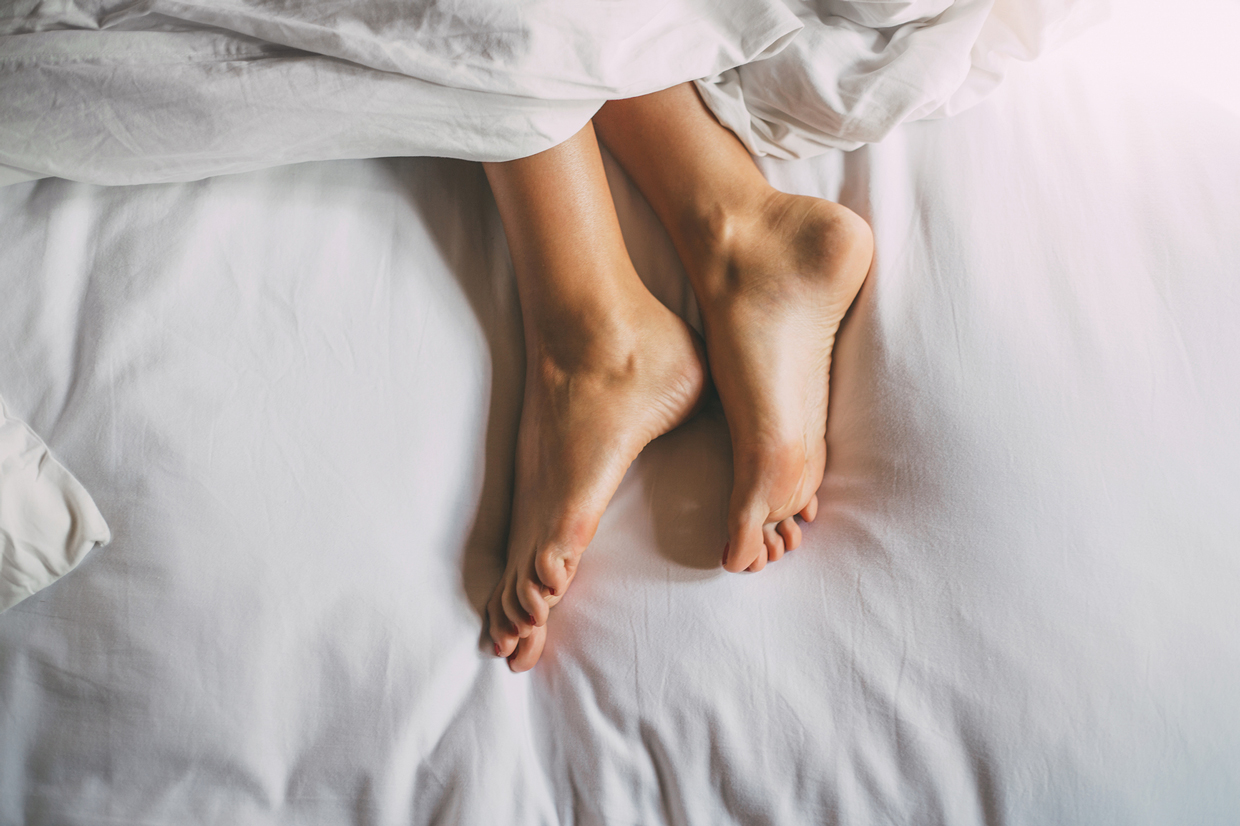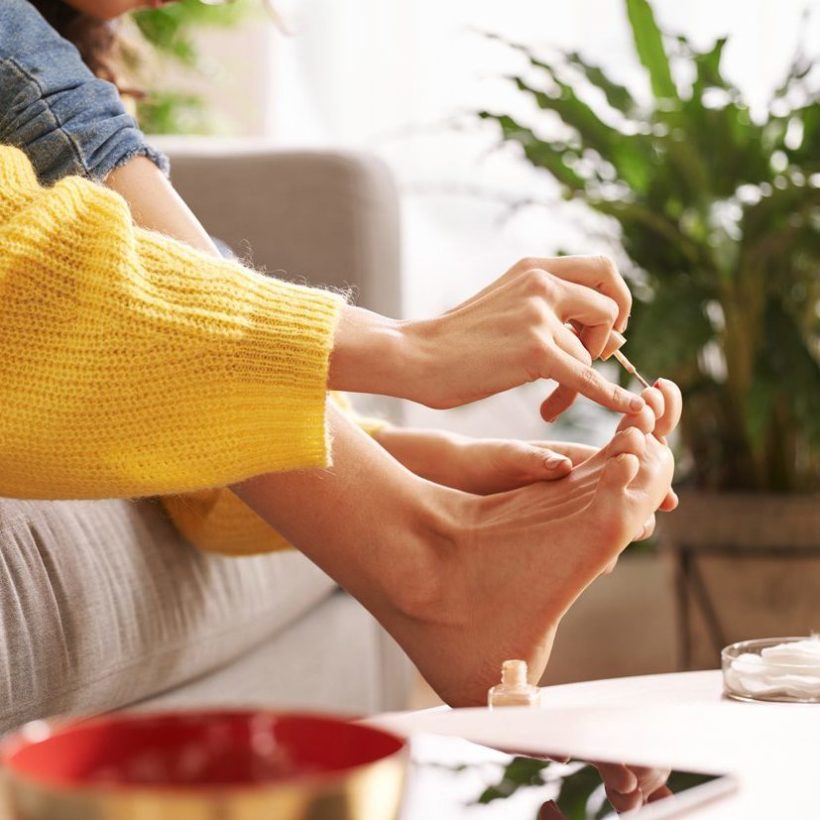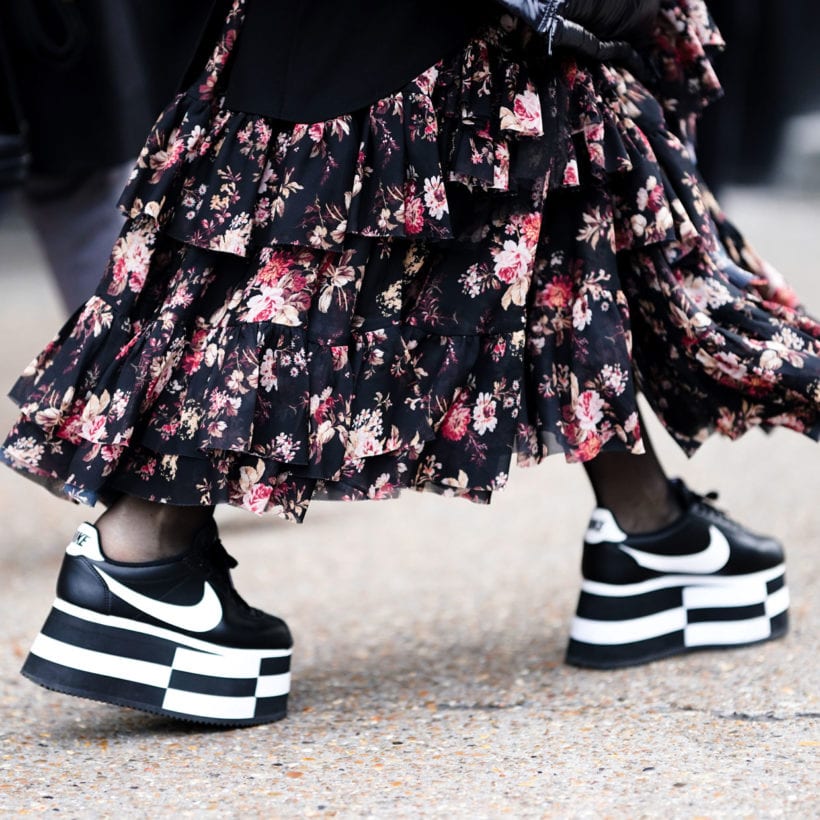Your feet are your foundation. They take you where you need to go. But if your feet are dry and your heels are cracked, your body may be telling you that something is going on. Not only are dry feet and heels unsightly, but they are often an indicator of serious health problems like an infection or diabetes.
Listen to your feet
If you neglect what you see and feel on your feet, you’re not alone. Unfortunately, many of us don’t pay enough attention to our feet other than how they look in a pair of strappy Aquazurra heels. But truth be told, the feet are often a marker of an internal imbalance or condition and can be the sign of more severe health conditions that require attention.
Meet the Experts
Dr. William Spielfogel is a board-certified podiatrist and Chief of Podiatry in the Department of Orthopedic Surgery and Director of the Podiatric Medicine and Surgery Residency Program at Lenox Hill Hospital-Northwell Health.
Dr. Brad Schaeffer is a board-certified foot and ankle surgeon.
Dr. Alan Bass is a board-certified podiatrist, podiatric physician, and surgeon.
Dr. Neil Saddick is a board-certified dermatologist.
There are many causes of dry skin on the feet, and with age, it is normal for the skin to thicken. Plus, hormone levels dip, and the skin cells do not exfoliate as efficiently, leading to dry skin, says Dr. William Spielfogel, a board-certified podiatrist and Chief of Podiatry in the Department of Orthopedic Surgery and Director of the Podiatric Medicine and Surgery Residency Program at Lenox Hill Hospital-Northwell Health. “Environmental factors may also cause dry skin,” he adds. But if at-home care with creams and regular exfoliation renders your feet and heels dry and cracked to no avail, the cause may be more than dehydration.

What dryness and cracking skin means
Our feet have a heavy job. However, the weight and pressure we put upon them strain the heels and feet and cause the skin to split open, compromising the skin barrier. When this happens, the feet and heels are prone to infections.
A lack of moisture is often the impetus for dry feet, especially since the skin is thick with few sweat glands that produce oil. Therefore, it is necessary to take care of the heels and feet like the rest of our body by moisturizing, exfoliating, and having regular checkups, says Dr. Brad Schaeffer, a board-certified foot and ankle surgeon.
In some cases, dry, cracked feet have more to do with something happening inside the body. “Our hair, skin, and nails are the windows to a healthy body, so when there is a breakdown, it’s a sign that the body is missing the vitamins and or balance it needs to be in tip-top shape,” explains Dr. Spielfogel.

These are the most common issues related to perpetual heel and foot dryness, peeling, splitting, and cracking. Of course, always see your doctor for an accurate assessment and diagnosis.
- Dry skin and issues with nerves in the feet may indicate diabetes. Dr. Bass says these patients sometimes also suffer from hypothyroidism.
- Thyroid disorder
- Skin issues like eczema and psoriasis
- Fungal infections
- Atopic dermatitis
- Gout, which arises as swelling of the toes
- Ulcers on the heels and feet can be a precursor of diabetes
Of course, not everyone with dry, cracked heels suffers from a medical condition. And a short-lived bout of dryness isn’t enough to send you to the doctor. “Dry skin on the heels is often due to friction,” says Dr. Alan Bass, a board-certified podiatrist, podiatric physician, and surgeon.
Other foot-related issues
While dryness and cracking are more common foot-related symptoms that draw parallels to an underlying condition, other issues can precursor other diseases. For example, severely dry, cracked skin on the balls of the foot is a warning sign of a thyroid condition.
Dry heels and feet can escalate from an arid situation into a full-fledged fungal infection. If ignored, fungal infections, like athlete’s foot, can lead to discolored nails. “Dark, thickening, yellow toenails can be an indicator of toenail fungus or onychomycosis,” says Dr. Bass.
If the toe hair starts falling out on its own, it can gauge poor circulation to the feet.
While hair-free toes are one thing, any toe pain requires medical attention. “Toe pain can occur from a variety of reasons, like arthritis,” says Dr. Bass.
How to fix it
To remove dead skin and keep the feet soft, you’ll need a peeling agent. “The skin on the feet is thick, so it’s hard to hydrate it effectively,” says Dr. Neil Saddick, a board-certified dermatologist. Regular body lotion won’t cut it, so use creams containing urea, like BareFoot Scientist High Dive Intensive Hydration Cream or salicylic acid, which Dr. Saddick says helps open the skin channels.

A lack of exfoliation is another reason for perpetually dry feet. “The skin on the feet constantly needs to turn over skin cells to reveal fresh, new ones and prevent fissures, thickness, and infections,” says Dr. Saddick. Yet, the feet do not shed as fast or effectively as other areas. However, exfoliating in the shower with a heel file or foot buffer, like Spongelle Pedi Buffer, helps remove dead skin.
Chemical peels are also an option, like Stride Foot Peel Mask, a dermatologist-developed medical-grade treatment with lactic acid that peels away dry, hard, dead skin. There’s also an accompanying Foot Cream and The One Supplement, which replace hyaluronic acid, collagen, and other necessary dermal components.
And then, there are medical-grade pedicures, which are a unique spin on the traditional pedicure.
New York City medical pedicurist Marcela Correa of Medi Pedi NYC offers the most hygienic pedicure ever that doesn’t use a single drop of water. “Water easily transmits bacteria from one body part to the next, especially in foot and jet tubs,” says Correa. “Water also makes it difficult to tell which skin to remove and what areas don’t need deep exfoliation,” she adds. She uses special tools to refresh the heels and feet to eradicate fungus, corns, and calluses. Correa says most nail technicians don’t identify or differentiate between dry skin and athlete’s foot. “Also, when it comes to cracked heels, improper callus removal can make a small crack larger and deeper in size, causing damage and pain to the heel,” she explains.
We only recommend products we have independently researched, tested, and loved. If you purchase a product found through our links, Sunday Edit may earn an affiliate commission.







